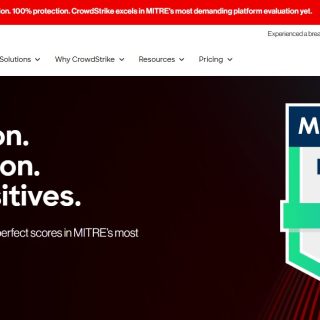
Turn ‘Can’t’ into ‘How’: The Mindset Shift That Transforms Teams
In every workplace, team, or project, challenges inevitably arise. These challenges are often complex, requiring collaboration and innovation to overcome. However, there are two distinct types of responses to these challenges: one that drives progress and another that stalls it. The difference lies in whether someone is being helpful or obstructionist.
The Obstructionist Mindset: The Blockade of “What Can’t Be Done”
We’ve all encountered them—individuals whose default reaction to any challenge is to list all the reasons why something won’t work. They say things like:
– “We don’t have enough resources.”
– “That’s not how we’ve always done it.”
– “This is impossible because…”
While these concerns may be valid, focusing solely on obstacles breeds an obstructionist mindset. When the only contribution is pointing out what can’t be done, it halts progress. This kind of thinking reinforces stagnation, as it becomes an endless cycle of negativity, preventing teams from exploring creative solutions.
This approach also signals a lack of accountability. Instead of actively trying to contribute, obstructionists often use limitations as excuses to avoid engaging deeply with the problem. By focusing on why things won’t work, they absolve themselves of responsibility to find a way forward.
The Helpful Mindset: The Power of Proposing Solutions
In contrast, a helpful person approaches challenges with a problem-solving attitude. They may acknowledge limitations, but instead of stopping there, they offer potential paths forward. For instance:
– “We don’t have enough resources for this, but maybe we can reallocate from another project or consider a phased approach.”
– “That’s not how we’ve done it in the past, but could we pilot a new process?”
– “It’s a difficult problem, but what if we try this workaround?”
The difference is subtle but crucial. Helpful people bring ideas, alternatives, and solutions to the table. They are not naïve optimists who ignore the reality of constraints, but they see constraints as design challenges rather than immovable walls. Their approach fosters creativity, encourages teamwork, and pushes projects toward success.
Why the Shift Matters: Encouraging a Culture of Solutions
Being solution-oriented doesn’t just help solve immediate problems—it fosters a culture of innovation and resilience. When teams prioritize solution-focused thinking, they move from a reactive, limitation-driven posture to one of proactivity and growth.
For leaders, the challenge is to cultivate this mindset. When an obstructionist culture takes root, it’s often because team members don’t feel empowered to suggest ideas, or they fear criticism for failing. Encouraging a culture where solutions are prized, and mistakes are part of the learning process, can unlock creative problem-solving.
Final Thoughts: Moving from “What Can’t Be Done” to “What Could Work”
At the end of the day, the choice between being helpful or obstructionist is a personal one, but its impact is felt across teams and projects. By consciously shifting from focusing on what can’t be done to exploring potential solutions, we enable ourselves—and others—to drive progress forward. Solutions may not always be obvious, and they may require out-of-the-box thinking, but it’s the very act of seeking them that separates progress-makers from roadblock-creators.
So, the next time you’re faced with a challenge, ask yourself: Am I helping to find a solution or merely pointing out the problem?



